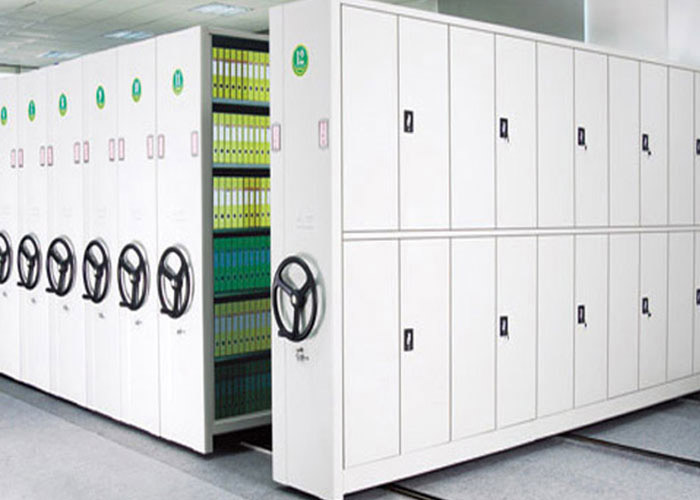- Catalogue: Products, Push Back Racking, Racking Systems
Product Description
Push back racking, also known as press in racking, is evolved from warehouse pallet rack. The push back racking adopts the principle of the combination of track and pallet trolley. The track has a certain slope (about 3 °). Using the self weight of the goods, the pallet goods are specified for single end storage, and the goods are first in and last out.
The push back racking system is suitable for the storage of large quantities and few varieties of goods, with high space utilization and flexible and convenient access. The total depth of the shelf storage rack should not be too deep, generally within 6 pallet depths, otherwise the space will be sacrificed due to the mutual embedding of pallet trolleys. The weight of single pallet goods is generally less than 1500kg, and the storage rack height is generally less than 6m.

Advantages of Push Back Racking System
1. When the number of pallets of a product is large and “first in first out” is not required, the working procedure can be simplified and the benefit is very significant;
2. It can shorten the picking time without special handling equipment;
3. Due to the large storage area and less channels, the space utilization and productivity are very high;
4. It can avoid the cargo damage that is often easy to occur in the loading and unloading operation of high-density storage racks.
Purpose of Push Back Racking System
1. The push back racking is composed of typical structural parts such as pallet car. The pallet car has flowable characteristics. Goods are specified to enter and exit at one end of the shelf storage rack and follow the order of first in and last out;
2. When storing and transporting goods, the forklift is only located at the lower end of the warehouse storage rack channel without entering the warehosue rack cargo storage channel. This kind of shelf storage rack has the typical characteristics of high storage density and fast storage and transportation speed;
3. It is usually used in occasions where the storage space is extremely limited, but the storage capacity must be increased or the time requirements for goods are not high.












.jpg)

















